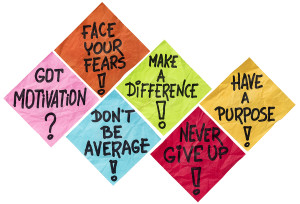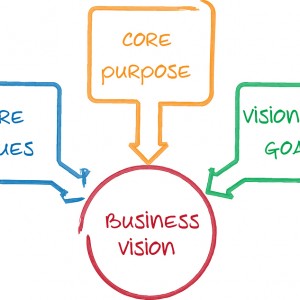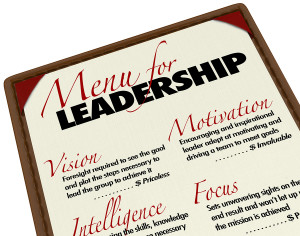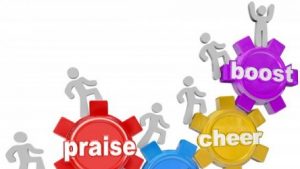
From Organizational Purpose
to Personal Purpose and Flow
You may know the organizational purpose and mission of the company where you work, but have you found the link between those and your own

You may know the organizational purpose and mission of the company where you work, but have you found the link between those and your own

Does your company have an organizational purpose? In a company without a strongly identified purpose, people have only a vague idea of what they’re supposed

Leaders cannot be adequately described by lists of traits or characteristics. Academics have struggled with this for years. Then, in 2003, Bill George’s book, Authentic

While virtually every leader has a sense of what “authenticity” means, few know how to develop it as a leadership skill. To complicate matters, leadership

I’ve been writing about how managers can avoid under managing by more effective management conversations: highly structured, high substance conversations. How can we describe how

If the majority of busy managers aren’t sufficiently engaged in effective conversations about basic management tenets, what are they doing? None of the managers I

I hear that many people would rather quit their jobs than work for an inadequate manager. Research from numerous sources such as the Gallup Organization

Executives focus—with good reasons—on the lack of employee engagement that is pervasive in organizations. A 2013 Gallup poll found that only 13% of employees worldwide

If you’re wondering how to motivate your employees, get started with an individual motivational conversation. Boost employee commitment by talking to them about their motivational

Most managers want to motivate people to peak performance, but their approach often backfires. In their fervent desire to teach people what they know to

Join Nancy as she talks with Meredith Hirsh, her client, on her podcast, Working Healthcare. Learn when to seek a therapist versus a coach and

Listening may be the most difficult skill to master when communicating effectively. But master it, we can! The non-verbal part of communicating is the most

How do you test your leadership insights? “Innovation is seeing what everybody has seen and thinking what nobody has thought.” ~ Dr. Albert, Szent-

An organization’s health is only as sound as its leader’s decisions. Some companies prosper from wise leadership directions, while others struggle after flawed choices—choices that







